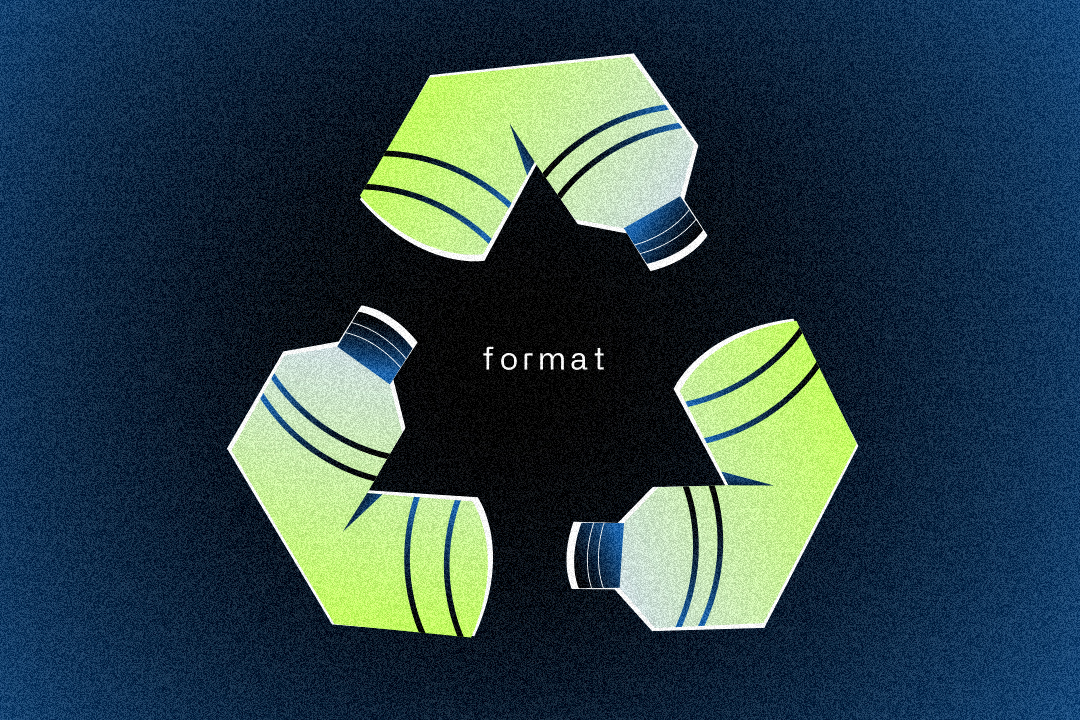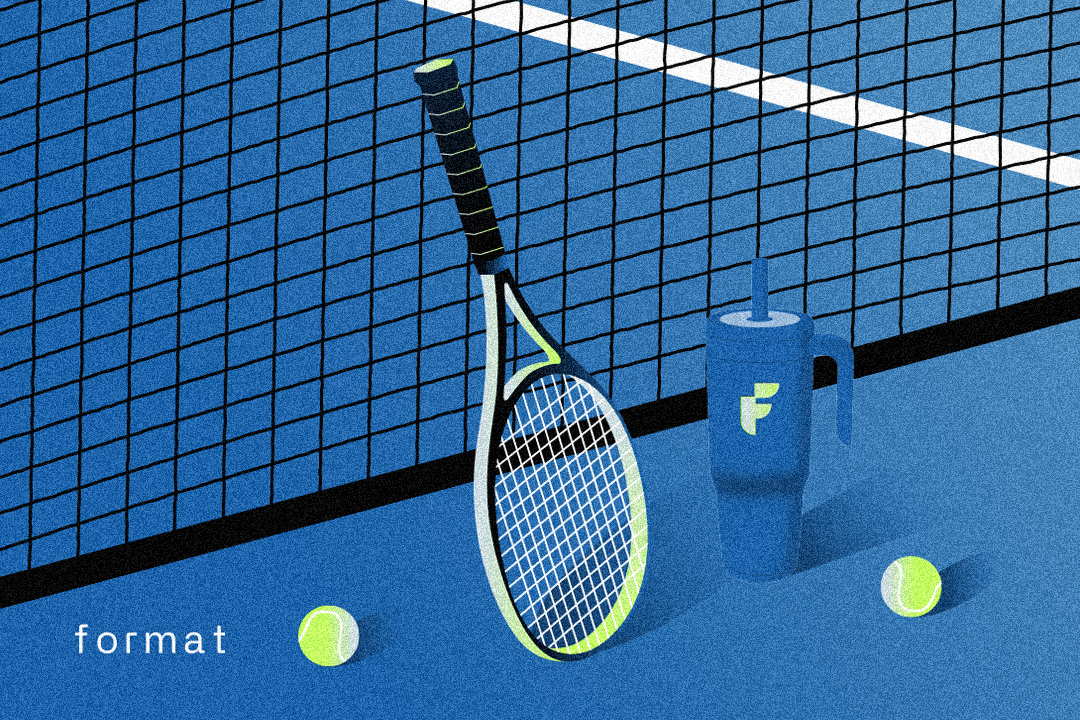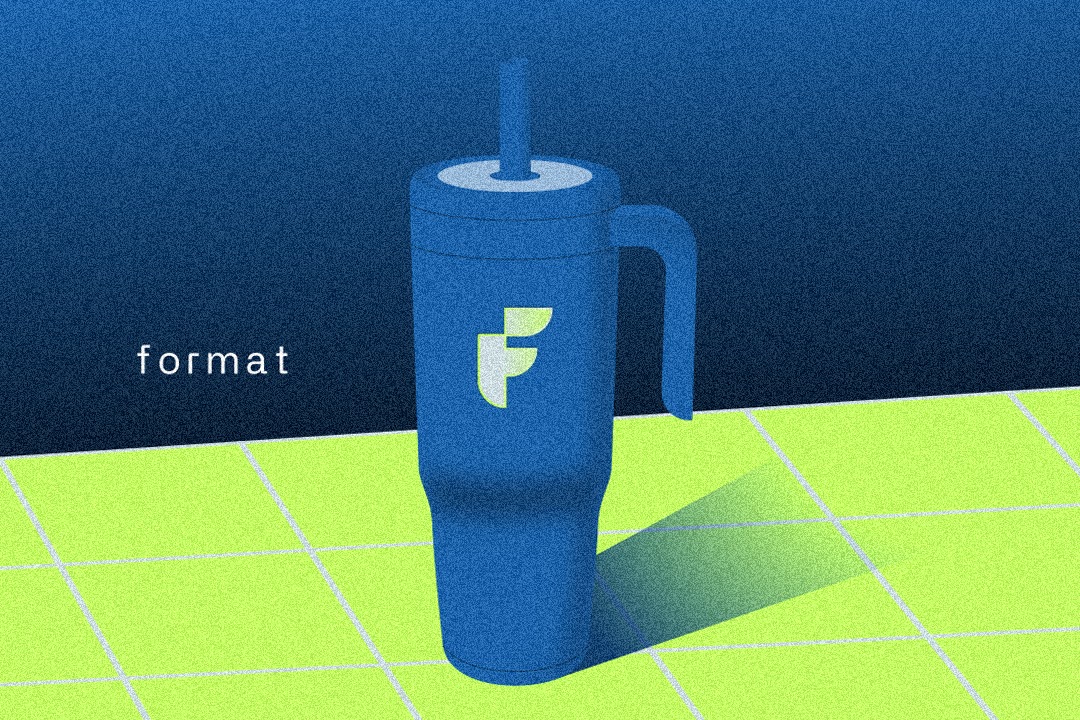In recent years, tumblers have experienced a surge in popularity in Indonesia, no longer merely serving as ordinary beverage containers. Originally designed for functionality, tumblers have now transformed into stylish lifestyle accessories, reflecting personal preferences and environmentally friendly values. This change is in line with a broader global trend, where consumers are increasingly seeking products that combine utility, fashion, and sustainability.
THE RISE OF TUMBLERS AS A LIFESTYLE TREND
Indonesian consumers are becoming increasingly environmentally conscious, driven by the urgent need to reduce the use of single-use plastics, which contribute significantly to ocean pollution and landfill waste. According to a report by the Indonesian Ministry of Environment and Forestry, Indonesia is one of the countries with the largest contribution to ocean plastic pollution, contributes around 1.29 million tons of plastic waste to the ocean every year. This figure shows the enormous challenge Indonesia faces in managing single-use plastic waste, especially bottles and beverage packaging.
This growing environmental awareness has influenced many Indonesians to start using reusable tumblers as part of their daily routine, signaling a shift from single-use consumption patterns to more sustainable consumption practices. Indonesian influencers and artists play a major role in educating and inspiring the public to use tumblers. Jordi Onsu, for example, has launched his own tumbler product called Rosca, which is in high demand and always sells out because it is targeted by many consumers. The success of Rosca shows the significant influence of public figures in encouraging changes in consumer behavior towards more environmentally friendly products.
Even the tumblers are growing between Indonesians, one of the main reasons why tumblers, HydroFlask and Stanley, have become popular is their superior functionality, such as:
- Temperature Retention: Double-wall vacuum insulation technology, as found in HydroFlask products, ensuring drinks stay hot or cold for hours, meeting the diverse needs of consumers.
- Durability and Portability: Designed for daily activities and outdoor adventures, these tumblers are sturdy and comfortable to hold.
- Environmental Appeal: By choosing reusable tumblers, consumers significantly contribute to reducing plastic waste, a factor that is highly appealing to environmentally conscious individuals.

TUMBLERS AS FASHION AND STATUS SYMBOLS
In today’s market, tumblers are not just functional items, they have become fashion statements that allow individuals to express their personal style. In Indonesia, well-known brands such as Stanley and HydroFlask have gained huge popularity. Stanley is known for its iconic and sturdy designs that combine with aesthetics, while HydroFlask is famous for its excellent insulation capabilities and active online community. Both brands have built a physical presence, with stores popping up in strategic locations like Grand Indonesia, further securing their position in the market.
Corkcicle, which targets a younger demographic, has made a big splash with its innovative designs, positioning itself as a trendsetter in the tumbler industry. Moreover, the availability of accessories such as silicone sleeves, lids, and straps increases personalization, allowing users to express their uniqueness with style which in turn boosts consumer engagement.
This phenomenon reflects a broad trend where functional products cross into the realm of personal fashion. Limited editions and personalized accessories add exclusivity, making tumblers a must-have item among Indonesian trendsetters.

THE ENVIRONMENTAL IMPACT AND SOCIAL RESPONSIBILITY
By choosing reusable tumblers, consumers play a role in environmental conservation, a behavior explained by the Theory of Planned Behavior (Ajzen, 1991), which highlights how attitudes, social norms, and felt control encourage sustainable actions, as well as grow a sense of empowerment and responsibility. Many brands, such as HydroFlask Indonesia with its #RefillForGood campaign and Stanley, which emphasizes durability, promote the use of reusable drinking cups, give environmental messages into their marketing to increase the social value of sustainability and strengthen brand loyalty.
Despite economic challenges, tumbler sales in Indonesia have risen sharply—Tokopedia reported a 150% increase in sales of reusable beverage containers in 2023 compared to 2021—driven by growing awareness of health and sustainability. The growth of convenience stores such as Indomaret and Alfamart, as well as e-commerce platforms such as Shopee and Tokopedia, has made tumblers easily accessible throughout the country. Additionally, as the soft drink market recovers post-pandemic, major beverages brands like Starbucks Indonesia even Kopi Kenangan are actively encouraging consumers to bring their own tumblers by offering discounts and running eco-friendly campaigns, which indirectly boost tumbler demand and support Indonesia’s transition toward sustainable consumption.
HOW TO CHOOSE THE RIGHT TUMBLER
Choosing the ideal tumbler depends on individual needs and preferences, such as insulation capabilities, size, visual appeal, or even brand reputation. Aligning your choice with specific lifestyle needs—whether for work, sports, travel, or everyday use—can maximize the usability and satisfaction you get from the product.
CONCLUSION
Tumblers, such as Stanley and HydroFlask, have become more than just functional items. They are now essential lifestyle accessories in Indonesia, combining practicality, fashion, and environmental awareness. As awareness of plastic pollution grows, these products offer consumers a tangible way to express themselves while making a positive contribution to the environment. By following this trend, Indonesian society can contribute to sustainability goals while maintaining their personal style—making tumblers true game-changers in modern market.
REFERENCES:
Ajzen, I. (1991). The theory of planned behavior. Organizational Behavior and Human Decision Processes, 50(2), 179-211. https://doi.org/10.1016/0749-5978(91)90020-T
Jambeck, J. R., Geyer, R., Wilcox, C., et al. (2015). Plastic waste inputs from land into the ocean. Science, 347(6223), 768-771. https://doi.org/10.1126/science.1260352
Kollmuss, A., & Agyeman, J. (2002). Mind the Gap: Why do people act environmentally and what are the barriers to pro-environmental behavior? Environmental Education Research, 8(3), 239-260. https://doi.org/10.1080/13504620220145401
Mutiara, S. M., Pertiwi, A., Suprihanto, N., Kentaurus, H. R., Nguyen, M. N., Yokota, K., & Inoue, T. (2022). Plastic pollution in the surface water in Jakarta, Indonesia. Marine Pollution Bulletin, 176, 113438. https://doi.org/10.1016/j.marpolbul.2022.113438
Tokopedia. (2023). Tren Belanja Produk Ramah Lingkungan di Indonesia. Tokopedia Insight Report.
Viva.co.id. (2023). Tumbler Lebih dari Sekadar Wadah Minuman, Kini Menjadi Bagian dari Gaya Hidup. Retrieved from https://www.viva.co.id/gaya-hidup/inspirasi-unik/1740479-tumbler-lebih-dari-sekadar-wadah-minuman-kini-menjadi-bagian-dari-gaya-hidup-nbsp?page=all
HydroFlask Indonesia. (2025). HydroFlask Official Website. Retrieved from https://hydroflask.id/
Euromonitor International. (2023). Soft Drinks Market in Indonesia: Post-Pandemic Recovery and Trends.
Bank Indonesia. (2023). Laporan Transaksi E-Commerce Indonesia 2023.


